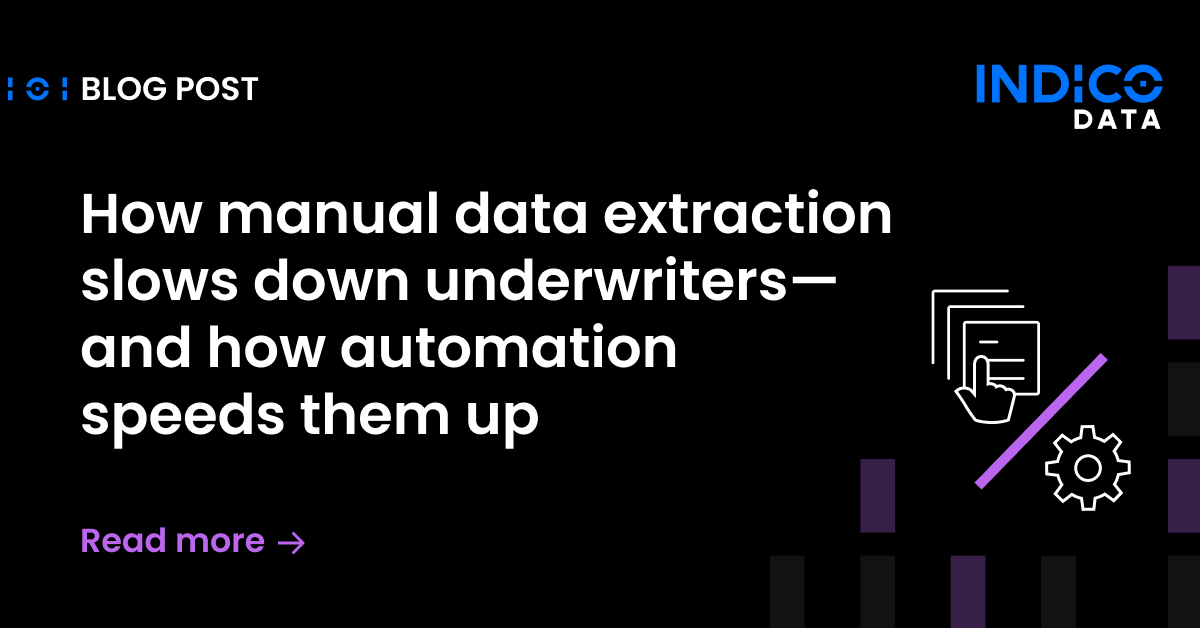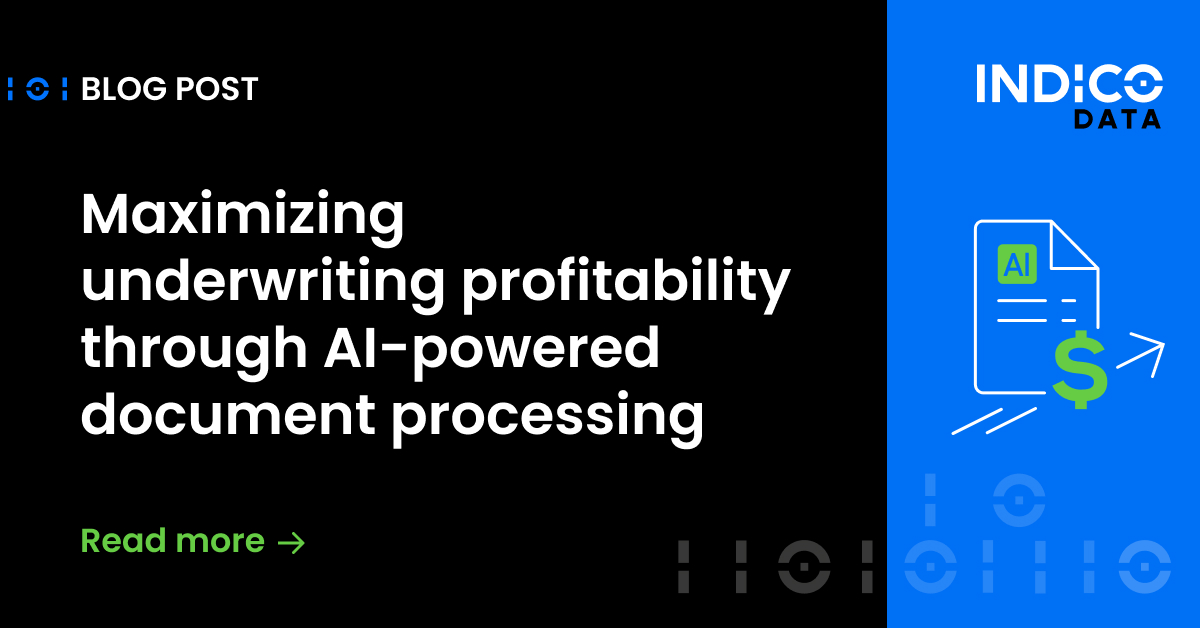As companies look to adopt intelligent document processing (IDP) platforms to address the automation of processes involving unstructured data, they quickly come face to face with a quandary: determining which platform has what it takes to deliver true intelligent process automation for unstructured data.
It’s an issue that is quickly coming to the fore. Companies that have had success automating processes using robotic process automation tools, and/or solutions involving templates and rules, find those solutions can only address structured or perhaps semi-structured data. Tackling unstructured data requires a solution with cognitive capabilities based on artificial intelligence technologies including machine learning and deep learning. Such capabilities enable IDP platforms to understand unstructured content – whether it’s a Word document, PDF, image or video – just as your employees would.
Given that unstructured data makes up some 85% of all content in most organizations, it’s understandable that IDP is gaining traction. The Everest Group estimates the IDP market grew at a compound annual growth rate (CAGR) of 40-45% from 2018 through 2020. “Due to increased demand for automation across enterprises, we expect adoption to accelerate at a rate of 55-65% annually from 2020 through 2022,” according to the Everest Group white paper, “Intelligent Document Processing for Unstructured Documents: Going Beyond Rules and Templates.”
Related Article: 3 Reasons Template-less Automation is Key to Unstructured Data Extraction
The 5 (plus 1) critical IDP platform capabilities
The paper lays out five critical capabilities an IPD platform must have to successfully process unstructured documents, as follows.
1. Document routing & splitting: Properly routing a document to a downstream system for handling, including the ability to split a single document for handling by multiple downstream systems or stakeholders. An example is routing an email to the appropriate department based on the content in the email body, while splitting any attachments – such as balance sheets and income statements – into separate flows for processing.
2. Normalized information extraction: An IDP platform must be able to locate and extract specific data or significant text passages and normalize them into a consistent data format. For example, from a contract you may want to extract a renewal date or the established data rights.
3. Comparison: The ability to compare extractions from one document with another to find deviations is another critical capability. This is helpful in comparing documents submitted in a loan application to ensure that all the key fields are identical, for example, or for comparing executed documents against approved templates.
4. Relationship inference: This is the ability to associate extracted entities and values based on either positional or semantic information, such as line items in invoices or complex tables in financial statements.
5. Cognitive search and smart facets: An IDP platform should be able to search through a repository of scanned or native documents based on custom fields and facets. The IPD platform should be able to search through past contracts for key clauses and variations, for example.
6. Required intelligent document processing technology
Clearly, these sorts of capabilities are well beyond the scope of an RPA tool or any automation solution that relies on templates and rules. Rather, they require AI technologies that enable the platform to “read” and understand documents and other unstructured data.
The Indico Unstructured Data Platform
That’s exactly what the Indico Unstructured Data Platform brings to the table. It’s built on a database of some 500 million labeled data points, which gives it the ability to understand the context behind any document, image or video. The platform also incorporates AI technologies including deep learning, transfer learning, and natural language processing.
Along with an intuitive user interface, the result is a platform that enables companies to easily create models to automate most any process involving unstructured data and content. The Indico Data platform can help with financial services automation such as financial document analysis to document processing for insurance claims processing and dozens more in between.
To learn more about IDP, download the Everest Group white paper. And to learn what the Indico Data platform can you for you, schedule a demo.


